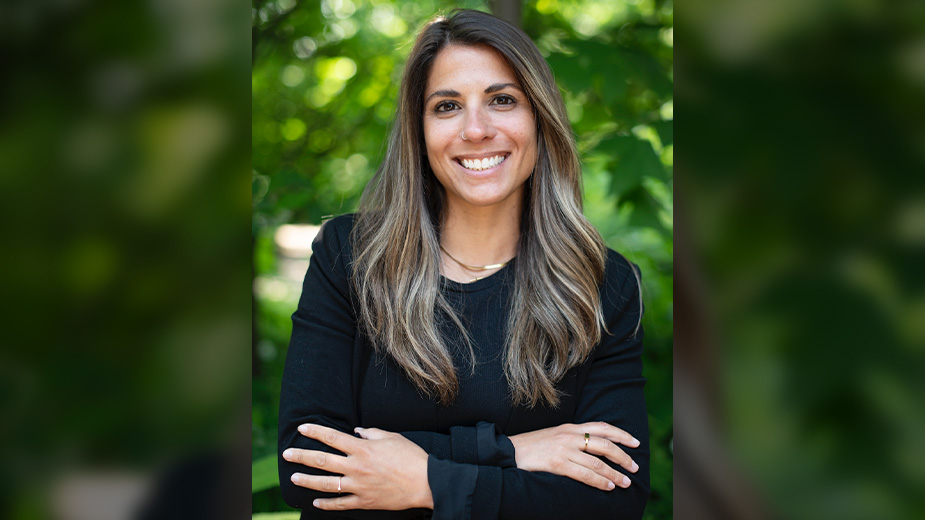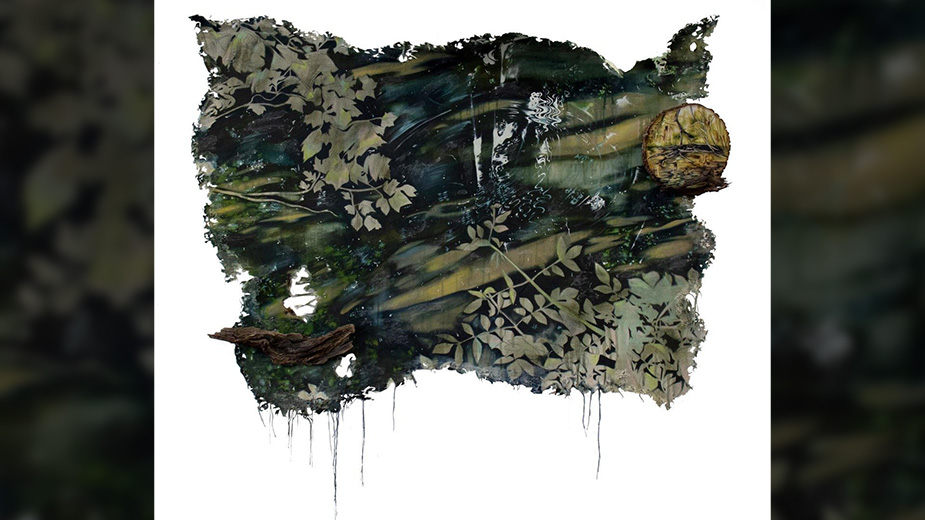Cleveland Museum Gains Recognition for Research in Human Origins
CLEVELAND, Ohio – The most influential scientific breakthroughs of 2023 included advancements in space-time theories, nuclear fusion feats and discoveries about the ingenuity of human ancestors.
Among those stories shedding light on our ancestors’ ancient past – and continuing to gain national attention – is a study co-authored by Emma Finestone, Cleveland Museum of Natural History’s assistant curator of human origins.
Finestone was part of a team of scientists, led by Thomas Plummer of Queens College, CUNY, who published a study in the journal Science in February 2023. The team presented discoveries from western Kenya, at a locality named Nyayanga, that included some of the oldest examples of stone tools from an ancient industry called “the Oldowan.”
These tools were used to butcher hippos and pound plant material. The artifacts are conservatively dated between 2.6 and 3 million years old. Excavations and surveys at Nyayanga also produced a pair of massive molars belonging to the human species’ evolutionary relative, genus Paranthropus. The teeth are among the oldest fossilized Paranthropus remains ever found and suggest that Oldowan tools may have expanded beyond our direct ancestors.
“The ability to make and use stone tools was an important breakthrough in our evolutionary history,” Finestone said. “However, we don’t know definitively who made the earliest tools, what tasks the tools were used for or how deep in time Oldowan technology extends. Nyayanga offers a glimpse into some of these big questions in human evolution. Finding Paranthropus alongside early stone tools is especially intriguing because it’s often assumed that Oldowan tools represent a technological breakthrough for our ancestors in genus Homo, not our evolutionary cousins Paranthropus.”
The findings set the scientific community abuzz and even spilled over into mainstream media features from National Geographic, BBC, PBS and CNN. Finestone’s work continues to make headlines by gaining national recognition in several year-end highlights, including National Geographic’s “The 11 most astonishing scientific discoveries of 2023” and The Smithsonian Magazine’s “Thirteen Discoveries Made About Human Evolution in 2023.” The scientific journal Nature Ecology and Evolution selected the study as one of the top research articles of 2023 to be highlighted in its “Year in Review,” and PLOS SciComm also ranked it among the year’s top discoveries in human evolution.
“It is exciting to see this level of public interest in the Nyayanga stone tools,” Finestone said. “I think our study resonated with people because these findings challenge long-held assumptions about the abilities of our nonhuman relatives. The association of early stone tools with Paranthropus opens a compelling whodunnit mystery.”
Finestone is poised to conduct another field season in Nyayanga, Kenya, to continue investigating ancient tool behaviors. She hopes the team will uncover additional evidence that could help solve the mysteries that the Nyayanga findings have raised. Finestone also hopes these discoveries will continue to stimulate curiosity about human origins research, especially locally.
“I look forward to continuing to build popular interest in this research, especially here in Cleveland, where there is a long legacy of scientists making significant discoveries in human origins,” she said. “Our city has historically been a leader in the field of biological anthropology, inspiring local and international audiences alike to consider what it means to be human.”
This year, the museum will celebrate the 50th anniversary of one of the most iconic fossil hominins ever found. Lucy, the first identified individual from the species now known as Australopithecus afarensis, was discovered in Ethiopia in 1974 by Donald Johanson, a paleoanthropologist and the museum’s former curator of physical anthropology. Johanson and his team found about 40% of Lucy’s skeleton and later determined her fossils to be approximately 3.2 million years old. At the time, this made Lucy both the oldest and most complete early human ancestor or relative ever found.
The museum will celebrate Lucy’s anniversary with special programming and events. Among them, Finestone will give a public lecture April 18 titled “Lucy: 50 Years Later” as part of the Museum’s Break for Science lecture series.
CREDIT: Cleveland Museum of Natural History.
Pictured at top: Emma Finestone, Cleveland Museum of Natural History’s assistant curator of human origins.
Published by The Business Journal, Youngstown, Ohio.



